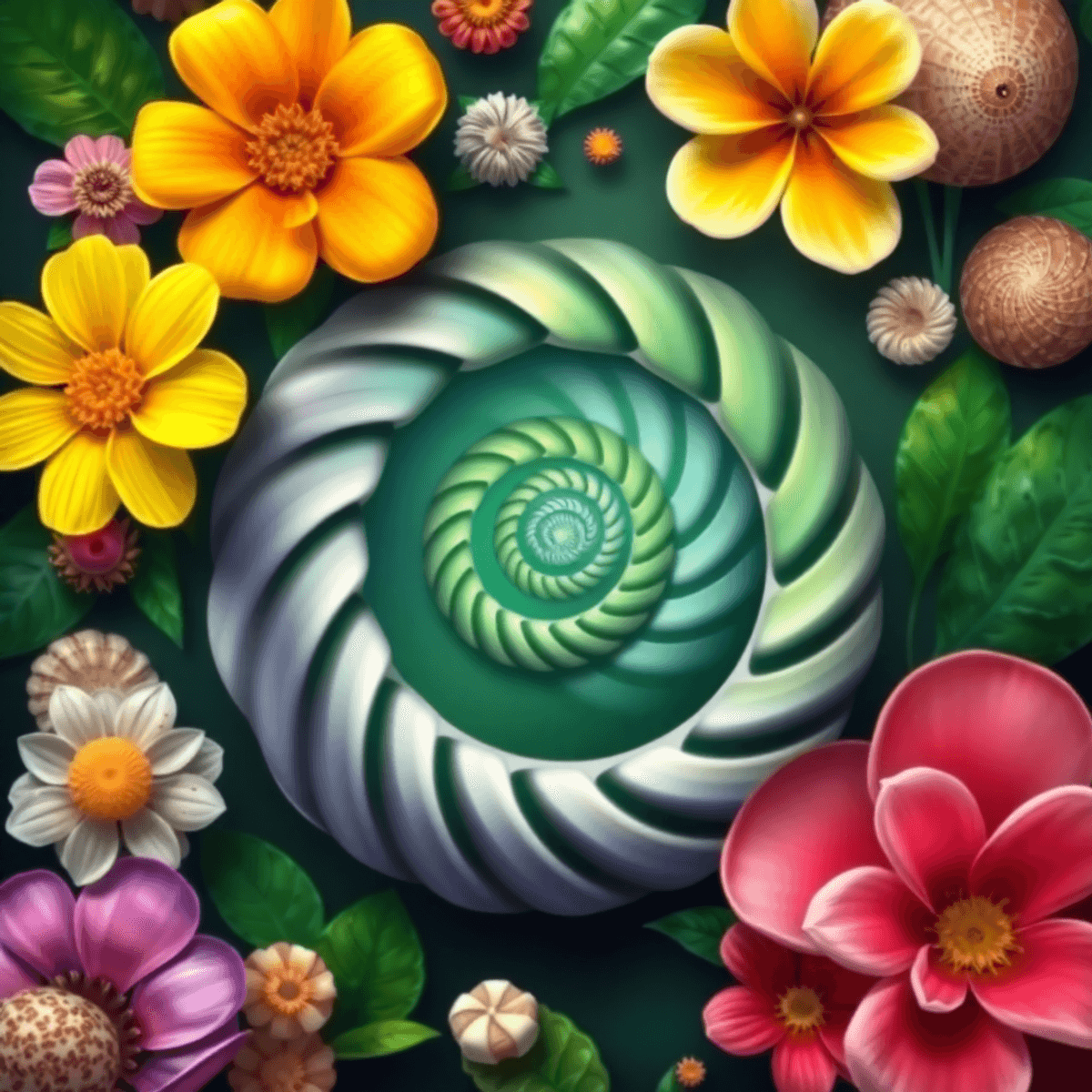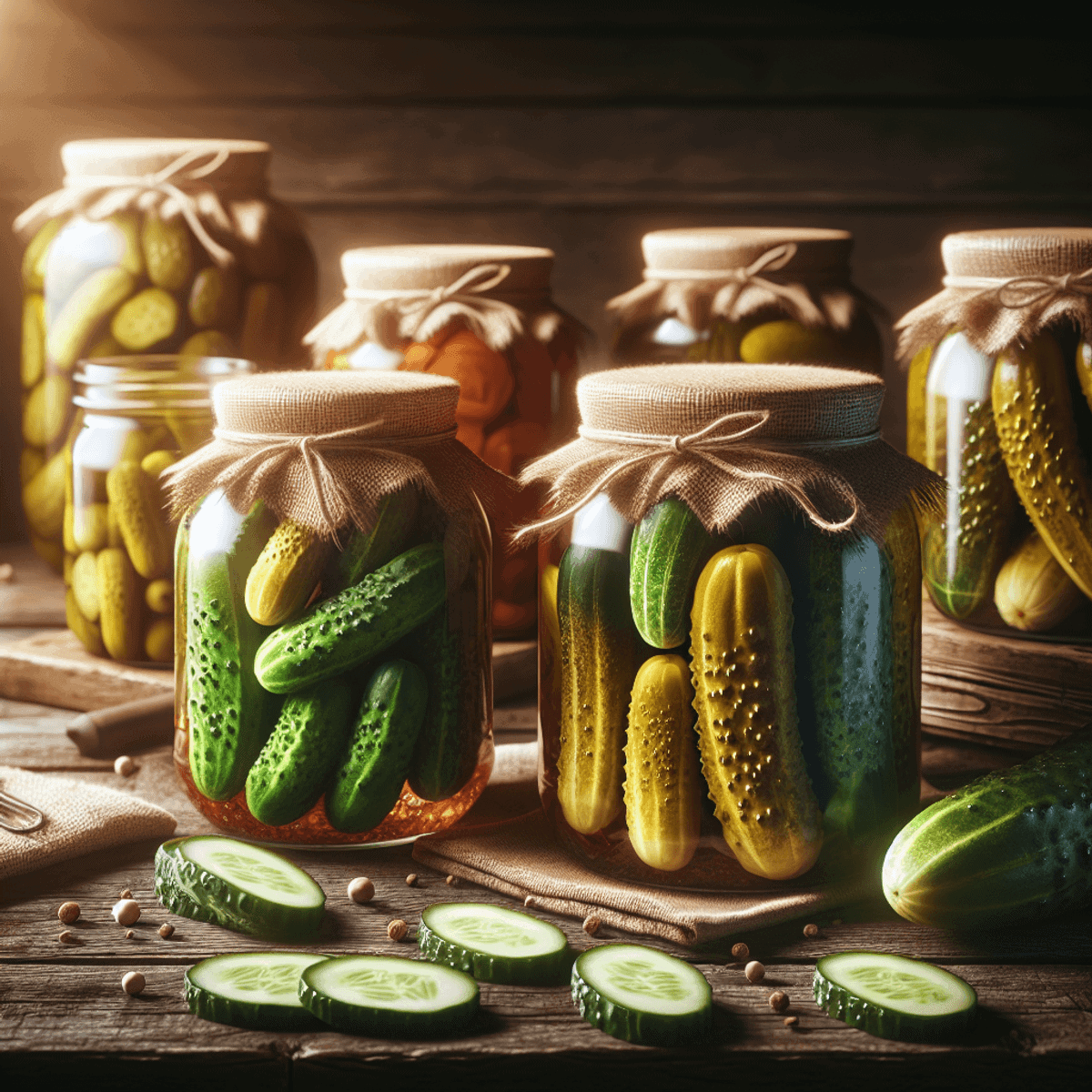National Flower Day, celebrated annually on March 21, coincides with the arrival of spring. This day honors the beauty and significance of flowers, which symbolize love, friendship, and harmony. Originating in the United States during the 1800s, this celebration has grown through events like the Rose Parade and Mother’s Day.
Flowers play a crucial role in our culture and ecosystems. They enhance our surroundings with their vibrant colors and fragrances while supporting pollinators like bees and butterflies. Flowers also have culinary and medicinal uses, offering health benefits such as mood enhancement and stress reduction.
In this article, you’ll discover:
- Ways to grow flowers together as a family
- Tips for creating beautiful bouquets
- Ideas for exploring nature’s beauty through photography
- Culinary adventures with edible flowers
- Thoughtful gift ideas to spread joy with flowers
1. Grow Flowers Together: Nurturing Nature’s Beauty as a Family
Planting flowers from seeds or bulbs as a family activity brings joy and a sense of accomplishment. It is a wonderful way to teach children about nature and responsibility. Watching the flowers grow and bloom can be incredibly rewarding for all ages.
Choosing the Right Flowers
Choosing the right flowers for your garden is essential. Some popular options include:
- Roses: Known for their beauty and fragrance, they are perfect for adding elegance to any garden.
- Tulips: These vibrant, colorful flowers signify the arrival of spring and are relatively easy to grow.
- Daisies: Hardy and cheerful, daisies can brighten up any space with minimal maintenance.
Tips for Successful Flower Gardening
For successful flower gardening, consider these tips:
- Soil Preparation: Ensure your soil is well-drained and rich in organic matter. Compost can enhance soil fertility.
- Proper Watering: Water the plants deeply but less frequently to encourage deep root growth.
- Sunlight Requirements: Most flowers require at least six hours of sunlight per day. Choose a location that meets this need.
- Continuous Blooms: To enjoy flowers throughout the season, plant a combination of early, mid, and late-blooming varieties. Deadheading spent flowers encourages new blooms.
Engaging in flower gardening not only beautifies your surroundings but also strengthens family bonds through shared activities and collective effort.
2. Create Beautiful Bouquets: A Floral Expression of Love and Healing
Creating stunning floral arrangements with seasonal flowers from your garden or local market is a wonderful way to celebrate National Flower Day. Begin by selecting a mix of flowers that complement each other in color, texture, and size. For instance:
- Spring bouquets might feature tulips, daffodils, and hyacinths.
- Summer bouquets could include sunflowers, zinnias, and lavender.
- Autumn arrangements might showcase chrysanthemums, dahlias, and marigolds.
To craft a balanced flower arrangement:
- Start with a focal flower like a rose or sunflower to draw attention.
- Add filler flowers such as baby’s breath or ferns to provide volume.
- Incorporate greenery like eucalyptus or ivy for added texture.
- Arrange in a vase with varying heights to create depth and visual interest.
Having flowers at home offers numerous healing benefits. Flowers have been shown to:
- Improve mood: The sight and scent of fresh blooms can elevate your spirits.
- Reduce stress: Simply being around flowers can lower anxiety levels.
- Boost productivity: A study by Texas A&M University found that plants and flowers can enhance creativity and problem-solving skills.
Displaying these beautiful bouquets around your living space transforms your home into a sanctuary of tranquility and joy.
3. Explore Nature’s Beauty: A Journey into the World of Flowers and Pollinators
Photography can be a delightful way to celebrate National Flower Day. Capturing the vibrant colors and delicate details of local flowers in gardens or natural settings provides an intimate connection with nature. This activity encourages you to slow down, observe closely, and appreciate the intricate beauty of each bloom.
Tips for Flower Photography:
- Use natural light to highlight colors and textures.
- Experiment with different angles to find unique perspectives.
- Focus on the finer details, such as petals or droplets of morning dew.
Flowers play a crucial role in supporting pollinators like bees and butterflies. These insects are vital for ecosystems as they aid in the reproduction of many plant species. By planting flowers that attract pollinators, you contribute to the preservation of these essential species.
Flowers That Support Pollinators:
- Bee Balm: Attracts bees with its tubular blooms.
- Milkweed: A favorite among monarch butterflies.
- Lavender: Loved by both bees and butterflies for its fragrant flowers.
Preserving natural habitats for flower growth is essential. It ensures that pollinators have access to the nectar and pollen they need to thrive. Simple actions like avoiding pesticides, planting native species, and creating pollinator-friendly spaces can make a significant difference.
“Pollinators are critical for maintaining the health of our environment and food supply. Each small effort towards supporting them counts.”
Engaging in activities that combine photography and pollinator support not only enriches your experience but also emphasizes the importance of environmental stewardship on National Flower Day.
4. Culinary Adventures with Flowers: A Taste of Floral Delights
Exploring the culinary purposes of flowers offers a unique way to enhance your meals and beverages. Incorporating edible flowers isn’t just about adding a pop of color; it also introduces new flavors and textures.
Incorporating Edible Flowers into Meals and Beverages
Here are some ways you can use edible flowers in your cooking and drinks:
- Salads: Add pansies or nasturtiums for a peppery bite.
- Desserts: Decorate cakes with violets or rose petals.
- Drinks: Create refreshing flower-infused beverages like lavender lemonade or hibiscus tea.
Recipes Highlighting the Culinary Uses of Flowers
Try out these delicious recipes that showcase the culinary uses of flowers:
- Flower-Infused Drinks:
- Lavender Lemonade: Combine fresh lavender, lemon juice, and honey for a fragrant, soothing drink.
- Hibiscus Iced Tea: Brew dried hibiscus flowers with mint leaves for a tart, refreshing beverage.
- Floral Salads:
- Nasturtium Salad: Mix nasturtium flowers and leaves with arugula, cherry tomatoes, and a light vinaigrette for a spicy twist.
Tips on Sourcing Safe-to-Eat Varieties
When using edible flowers, it’s important to ensure they are safe for consumption. Here are some tips on sourcing safe-to-eat varieties:
- Organic Sources: Ensure flowers are free from pesticides by purchasing from organic growers.
- Proper Identification: Verify that the flowers are safe for consumption. Not all blooms are edible; some can be toxic.
- Garden Grown: Growing your own edible flowers allows full control over their growing environment.
Incorporating these edible blooms into your culinary adventures brings an innovative touch to your dishes while celebrating nature’s beauty in every bite.
5. Thoughtful Gifts and Acts of Kindness: Spreading Joy through Flowers
Gifting flowers on National Flower Day is a timeless way to celebrate love and friendship. Personalized arrangements provide a unique touch, whether you choose a bouquet of roses for their classic elegance or a mix of wildflowers for a rustic charm. For a lasting impact, consider flower subscriptions that deliver fresh blooms to your loved ones’ doorsteps regularly.
Acts of kindness involving flowers can brighten anyone’s day. Leaving bouquets in public spaces, such as park benches or community centers, allows strangers to experience the joy of nature’s beauty. This simple gesture not only spreads happiness but also fosters a sense of community.
Ideas for gifting flowers:
- Personalized Arrangements: Tailor bouquets to the recipient’s favorite colors and flower types.
- Flower Subscriptions: Regular deliveries ensure continuous enjoyment of seasonal flowers.
- DIY Bouquets: Create handmade arrangements using flowers from your garden.
Acts of kindness involving flowers:
- Public Bouquets: Leave floral arrangements in public areas with uplifting notes.
- Community Projects: Organize group activities to plant flowers in local parks or community gardens.
Embrace National Flower Day by giving flowers and engaging in heartwarming acts that bring smiles and foster connections.
Conclusion: Embracing the Spirit of National Flower Day Year-Round
Celebrating National Flower Day emphasizes the importance of appreciating nature’s beauty beyond just one day a year. Flowers play a crucial role in our ecosystems, supporting pollinators like bees and butterflies, and enhancing our well-being.
Environmental awareness tied to flower appreciation is essential. You can:
- Support local flower farmers
- Participate in conservation efforts
- Plant native flowers to encourage biodiversity
By recognizing days such as National Roses Day, National Tulips Day, National Red Rose Day, and National Daisy Day, you help promote the joy and significance of flowers throughout the year. Each bloom offers a unique way to connect with nature and enrich your life.
Embrace these practices year-round to foster a deeper connection with the environment and spread the joy that flowers bring.















